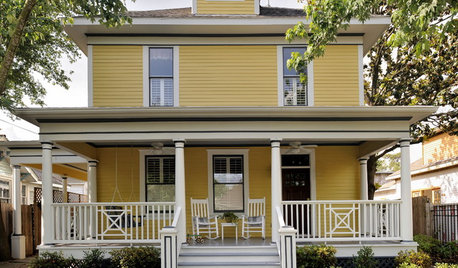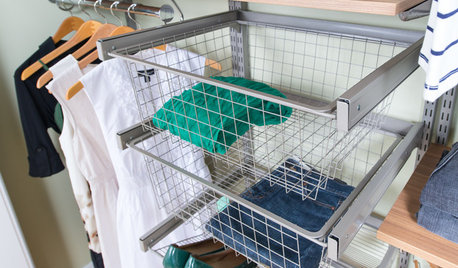Are these AC pressures good?
madtexan
12 years ago
Featured Answer
Sort by:Oldest
Comments (11)
heatseeker
12 years agomadtexan
12 years agoRelated Professionals
Lakeville Solar Energy Systems · North Tustin Solar Energy Systems · Palm Springs Solar Energy Systems · Quincy Solar Energy Systems · Santa Maria Solar Energy Systems · Laguna Woods Solar Energy Systems · Lewisville Home Automation & Home Media · Newport Beach Home Automation & Home Media · Pine Hills Home Automation & Home Media · Richardson Home Automation & Home Media · Scottsdale Home Automation & Home Media · Skokie Home Automation & Home Media · Valle Vista Home Automation & Home Media · West Palm Beach Home Automation & Home Media · Hoffman Estates Fireplacesmaryland_irisman
12 years agomadtexan
12 years agomaryland_irisman
12 years agomadtexan
12 years agomaryland_irisman
12 years agoThreecats407
12 years agomadtexan
12 years agomaryland_irisman
12 years ago
Related Stories

PETSGood Dog! Cute Pooches at Home
The dogs of Houzz take you on a tour of their homes and show you where they lounge, eat, play, bathe and nap
Full Story
REMODELING GUIDESGood Houses Are Good Neighbors Too
The best houses engage the world and fit into their surroundings, even while celebrating their own distinct style
Full Story
MOST POPULAR5 Ways to Hide That Big Air Conditioner in Your Yard
Don’t sweat that boxy A/C unit. Here’s how to place it out of sight and out of mind
Full Story
GARDENING AND LANDSCAPINGBid Bad Garden Bugs Goodbye and Usher In the Good
Give ants their marching orders and send mosquitoes moseying, while creating a garden that draws pollinators and helpful eaters
Full Story
HEALTHY HOME16 Ideas for a Healthy, Feel-Good Home
Making these small tweaks and bigger shifts at home can help you thrive everywhere you go
Full Story
HOUZZ TOURSMy Houzz: Goodwill and Good Taste in a Grand Colonial
Welcoming the community for charity fundraisers and more, this Massachusetts home radiates graciousness
Full Story
KITCHEN DESIGNPut Your Kitchen in a Good Light With a Window Backsplash
Get a view or just more sunshine while you're prepping and cooking, with a glass backsplash front and center
Full Story
KITCHEN DESIGNSmart Kitchen Investment: Lighting for Function and Good Looks, Too
Save your eyes, lift your spirits and give buyers what they want with proper kitchen lighting. Two designers share their insight
Full Story
ARCHITECTURE4 Things a Hurricane Teaches You About Good Design
When the power goes out, a home's design can be as important as packaged food and a hand-crank radio. See how from a firsthand account
Full Story
CLOSETSHow to Store Your Clothes to Keep Them Looking Good Longer
Here’s what clothes to fold, what to hang and how to stash your off-season stuff
Full StorySponsored
Columbus Area's Luxury Design Build Firm | 17x Best of Houzz Winner!
More Discussions






madtexanOriginal Author